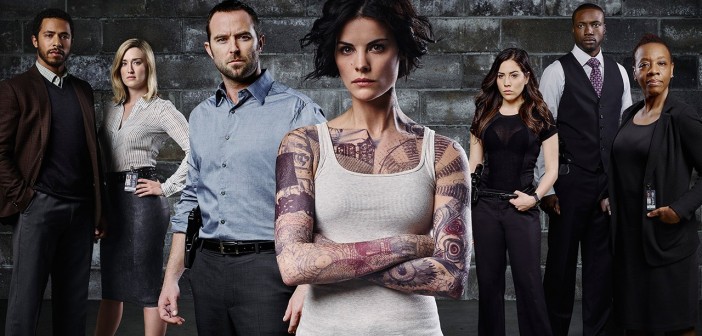Despite the convolutedness of how it unfolds, the premise behind Blindspot is actually fairly straightforward. A woman with no memory of who she is, her body covered in cryptic tattoos, emerges from a duffle bag in the middle of Times Square. From there, the mystery of Jaimie Alexander‘s Jane Doe and Kurt Weller (Sullivan Stapleton), the FBI agent whose name is featured prominently among the aforementioned body art, is ostensibly off to the races. It’s a strong if outlandish premise that offers casual viewers enough of a hook to at least get their eyeballs on the first episode. The mystery that the show leaves viewers with after the pilot episode, however, is: What does this series have to offer beyond that initial, somewhat prurient hook?
Blindspot is, if nothing else, a series that understands the idea of attracting an audience. Advertisements have sold the show on the idea of Jaimie Alexander’s au naturel Times Square shootalmost as much as they have the notion of the complex mystery supposedly propelling the narrative from week to week. The problem with the pilot, then, seems to be the effort put into creating an appealing product left little time to implement a plan to make that product viable beyond its high-concept premise.
That means there is a potentially gigantic story driving the narrative, one that includes the aforementioned amnesiac Jane Doe, the esoteric ink covering most of her body, an FBI agent dragged into a potentially volatile situation he (or anyone else) has no real concept of, and a mysterious fellow known simply as “Ruggedly Handsome Man” (played by Johnny Whitworth) who is possibly pulling the strings. Everyone has a clear role to play – there’re even a handful of FBI agents, like Ashley Johnson’s Patterson character, whose sole purpose seems to be to provide answers to questions of logic pertaining to the Jane Doe case – but so far, no character exists outside of his or her service to the plot.

